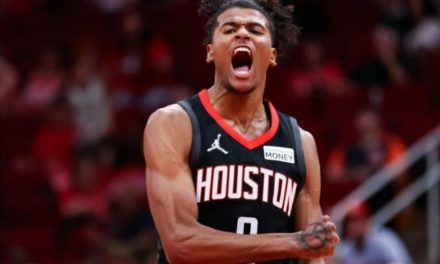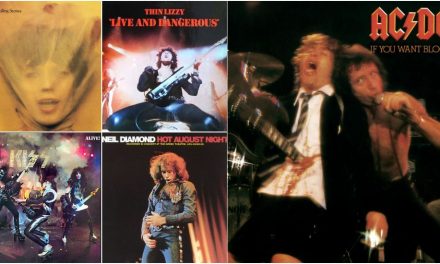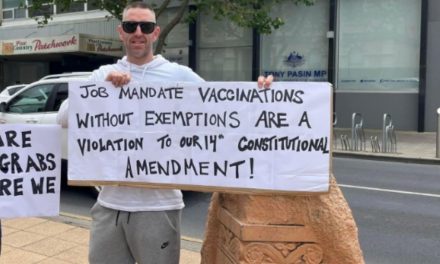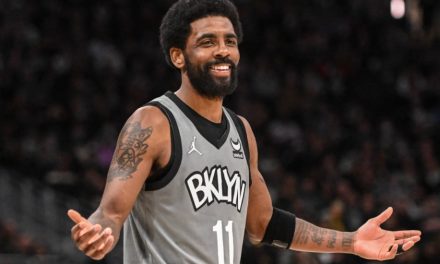Famous adaptations: “The Shining” (left), “Harry Potter and the Prisoner of Azkaban” (top right) and “Game of Thrones”.
Hollywood loves nothing more than to adapt from the page to screen. They’ve been doing it since the invention of film and it shows no sign of slowing down any time soon.
In 1899, at the beginning of the silent film, “King John” by William Shakespeare was adapted for the screen, the Bard’s first appearance on film. This was followed in the same year by Georges Méliès’ adaptation of “Cinderella” by Charles Perrault.
Films at this time were typically no longer than 10 minutes, so kind of like what Quibi tried to do in 2020 and failed miserably at. Quibi, I hardly knew thee…
Unlike that ill-fated streaming service, however, this quickly caught on and more and more silent films were made.
They were often adaptations of popular books and their characters, such as “Scrooge, or, “Marley’s Ghost” (1901) an adaptation of Charles Dickens’ “A Christmas Carol”, “The Great Train Robbery” (1903), based on the play of the same name by Scott Marble, and “The Adventures of Sherlock Holmes, or Held for Ransom” (1905), based upon Arthur Conan Doyle’s eponymous character.
And so, the adaptations continued. 1910 marked a change as D. W. Griffith helmed an adaptation of Helen Hunt Jackson’s “Ramona” in a joint exercise with the publisher Little, Brown & Company. This set the blueprint as to how the future of screen adaptations were to follow. No more public domain or bust.
As we all know, silent films were followed by sound films. The first film considered a real “talkie” was Warner Brothers’ “The Jazz Singer” (1927) starring Al Jolson. Which was, you guessed it, based on the play of the same name by Samson Raphaelson.
Paramount’s first proper talkie was “Interference” (1928), based on the play of the same name by Roland Pertwee and Harold Dearden. Then we get to 1929, when Warner Bros. set another standard with “On with the Show!”, the first film all in colour and full of dialogue. In case you hadn’t guessed already, that was also based on a play, “Shoestring” by Humphrey Pearson.
This set the standard for decades to come. Hollywood thrives on book-to-screen adaptations. So many classics are drawn from the pages of a book or a play, it’s truly astonishing.
Apparently, “Goodfellas” is based on a book? How did I not know this? “The Silence of the Lambs”? Book first. “Fight Club”? Book. “The Godfather”? Book. “Stand By Me”? Based on “The Body” by Stephen King. “Do Androids Dream Of Electric Sheep” is the basis for Ridley Scott’s genre-defining masterwork “Blade Runner”.
Hollywood is so entrenched in the art of adaptation that movies as we know them today would not exist without the books and plays those first pioneers adapted.
So, in honour of the fine art of the screen-to-page adaptation, here are a few of my favourites. I am also only writing about adaptations where I have both read and seen the subject.
Unfortunately, that means I won’t be writing about “The Lord of the Rings”, which I’ve only seen (the books are sitting on my desk staring at me), “Dune” which has no good adaptations thus far (come on through, Denis Villeneuve) or more than one Harry Potter book, as I had to self-impose a limit. And without further ado…
“WOLF HALL” (2015) dir. Peter Kosminsky; based upon “Wolf Hall” (2009) and “Bring Up the Bodies” (2012) by Hilary Mantel
When I first toyed with the idea of writing about book-to-screen adaptations, this was the first to pop into my head.
My journey with the books (except for “The Mirror and the Light”, which I’ve not read yet because my attention span’s been blighted by lockdown) was quite the journey, to put it mildly.
I first tried to read “Wolf Hall” at the beginning of 2014 on a plane with no screens on the back of the seats. I got six pages in. It was nothing but an expensive paperweight. I didn’t go back to it for another six months, when this time I was stuck in hospital, there was nothing to watch and I couldn’t escape.
I ended up reading the entire thing, all 604 pages of it, in about two days. Once I got past the first 60 pages, I couldn’t put it down. It is hands down, some of the best-written, most engrossing, best-researched historical fiction books I’ve ever read, and I’ve read a lot.
I devoured the sequel just as quickly. As a result, I had extremely high expectations for the screen adaptation, and I can say that quite frankly, it is one of the best and most faithful adaptations I have ever seen.
“Wolf Hall” is not necessarily an easy watch, or extremely accessible if you don’t already have some prior knowledge of what you’re heading in to. But I promise you, it is some of the best-acted, best-written and best-plotted political scheming in a 16th century costume you’re likely to see.
Mark Rylance delivers one of the most subtle and moving performances committed to screen. The supporting cast is just as good, Damian Lewis is all kinds of charismatic as Henry VIII and Claire Foy is now my definitive Anne Boleyn.
The only negative, and I say this out of concern for your viewing experience, is that they really committed to the authentic lighting. So sometimes in dark scenes at night, you just cannot tell what’s going on. At all. But I promise you, it’s brilliant otherwise.

Mark Rylance as Thomas Cromwell and Claire Foy as Anne Boleyn in “Wolf Hall”.
“HARRY POTTER AND THE PRISONER OF AZKABAN” (2004) dir. Alfonso Cuarón; based upon “Harry Potter and the Prisoner of Azkaban” (1999) by J.K. Rowling
As I mentioned earlier, I had to restrict myself to just one Harry Potter movie. So I picked the best one. My history with Harry Potter is long and storied, so in an effort to keep the word count down, I shall be brief(er).
I’ve read all the books at least 30 times, lost track in 2010. I went to see every movie the day it came out, and multiple times afterwards. I still love Harry Potter and I always will. So it was always going to make an appearance in this list.
“The Prisoner of Azkaban” is not my favourite Harry Potter book, in fact, it’s at the lower end of my rankings.
There’s nothing wrong with the book, I just find it to be very unmemorable other than a few key events, like Aunt Marge being blown up by a balloon. Which makes Alfonso Cuarón’s achievement in his adaptation even more impressive.
His work wouldn’t be possible without the narrative and themes set by the book, but his visual style makes the entire story soar visually and narratively, whilst expanding the existing universe of the movies.
Cuarón also overhauls the existing aesthetic of Chris Columbus’ previous two movies, which in combination with the story, begins to propel the series on a darker narrative path it needed to allow the later books to be adapted (not as successfully as this one, all offense to David Yates).
This is the first Harry Potter movie to really be rooted in character development and allows for more complex plotlines and darker themes to be explored. To be fair, this also happens in the book but not with as much impact.
Cuarón’s love of the visual medium is also evident in the sheer amount of instantly recognisable iconography he provided us in one 142-minute film. When I think of this movie, I can instantly come up with several shots from the film in my head.
The Knight Bus, shrunken heads, Marge heading towards the Surrey skies, the frozen flower, the tea leaves, and of course, the dementors. Cuarón set the standard for the rest of the films, to which, unfortunately, no one else managed to measure up. Catch me re-watching them all after writing this.

Emma Watson, Daniel Radcliffe and Rupert Grint in “Harry Potter and the Prisoner of Azkaban”.
“GAME OF THRONES” (2011-19) HBO; based upon “A Song of Ice and Fire” (1996- ) by George R. R. Martin
I have to admit I nearly forgot to include this. “But how could you omit easily the biggest show of the last decade?” I hear you ask.
My answer is simple: the show turned into utter arse gravy and upon the completion of the final season, I simply stopped thinking about it. It was just that easy. Before people try and tell me that Season Eight was bad but everything else that came before it was good, I’ll stop you in your tracks.
I found “Game of Thrones” to be completely unwatchable after season four. This was not a Season Eight thing for me. Although I’ll admit, I can see what that festering turd of a season did to everyone else. That exact feeling of the rug being pulled out from under me happened several years previous, so the downfall in Season Eight wasn’t quite so dramatic for me, personally.
I started watching “Game of Thrones” in early 2012, just before Season Two came out. Someone I knew kept badgering me and telling me to watch it because I’d really love it. At that point, all I’d seen of it was one promotional picture of Bran Stark in the first episode and it was just like “why the hell would I want to watch some show about a kid?”
But I acquiesced. Next thing I know, I’ve seen all of Season One in one day and had the course of my life changed.
Which I know sounds incredibly dramatic, but it really did. After Season Two finished airing, I read all the books in quick succession, assuming the sixth one would be out by 2013. Guess the joke’s on me.
I won’t go too deeply into the differences between the books and show, assuming people will not have read them and still might. However, I knew the end of my love for the show was in sight when they started showing Dorne on screen in Season Five.
The absolute butchery. You’re going to film in The Royal Alcázar of Seville, but completely ruin House Martell and Dorne? Where is Arianne? Not to mention, where is Lady Stoneheart? WHERE ARE THEY? Safe to say I’ll be bitter for the rest of my natural born life. But it’s a great adaptation until the end of Season Four, maybe slightly before that.
It’s when they start butchering Dorne and run out of Martin’s prose and narrative that it all goes to shit. I’m quite confident, if anyone picks up the books after reading this, that they’ll end on a thematically similar note but the narrative journey to get there will be vastly different, more satisfying and well-written. Assuming we ever get those last few books.
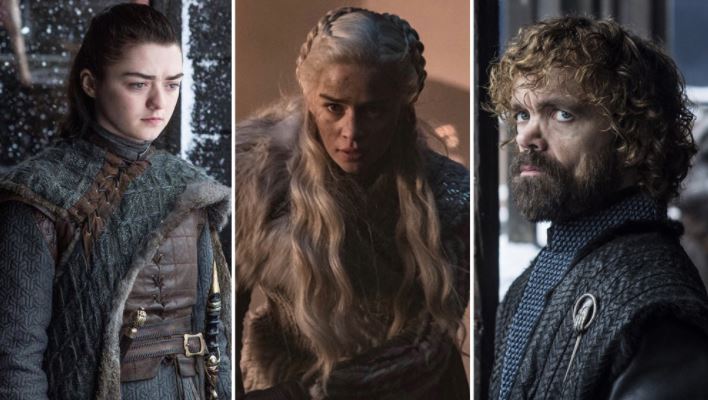
Maisie Williams (Arya), Emilia Clarke (Daenerys) and Peter Dinklage (Tyrion) from “Game of Thrones”.
“THE CHRONICLES OF NARNIA”: Prince Caspian (2008) dir. Andrew Adamson; based upon “Prince Caspian” (1951) by C.S. Lewis
Yes, I know. Another kid’s book. However, this is also the best example I can think of when it comes to an adaptation elevating its source material.
I love Narnia, I really do but even I can’t deny that Prince Caspian is mostly just a lot of walking. Most of the book is just the Pevensie children walking to find Prince Caspian. Then everything of note happens at the end. It is, after all, a book meant for children.
The movie, however, significantly plays with the structure and themes of the book. The book alludes to some dark things and complex themes regarding the Telmarines’ conquest of Narnia. One could argue it even gets a little dark at the end of the book.
The movie takes all of that, and makes it dark from the start. It changes the narrative structure to flick between Caspian and the Pevensies, and to have their stories play out concurrently, as opposed to the Pevensies merely being told everything that has happened.
It adds in an extra battle, gives the Pevensies more to do and fleshes out the Telmarines. It makes the story more interesting on screen than it really had any right to be.
Yes, I know the allegory Jesus lion isn’t for everyone, but I straight up didn’t realise that till I was about 15, so I’m OK with it. As long as you don’t follow it up with the severely inferior “Voyage of the Dawn Treader” adaptation, you’ll be fine.
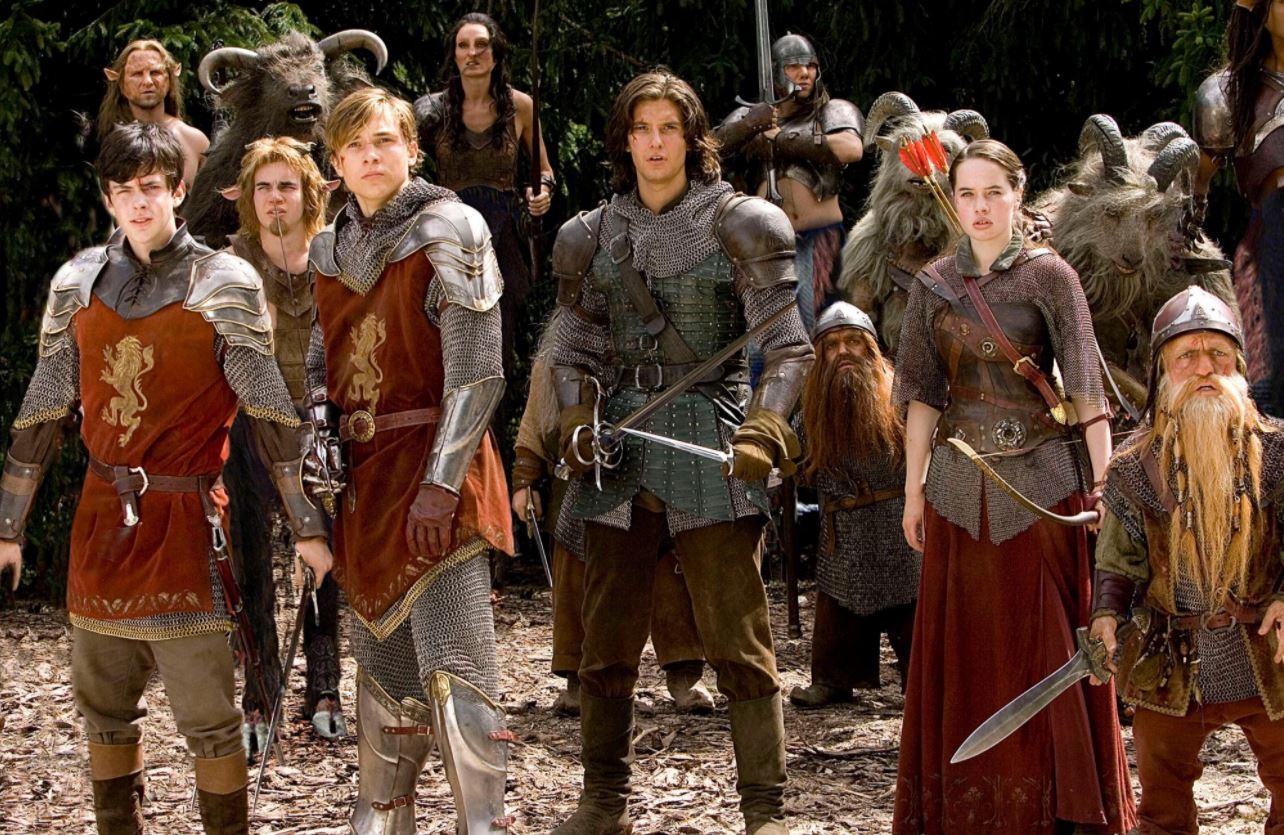
Ben Barnes (centre) as Prince Caspian in “The Chronicles of Narnia”.
“THE SHINING” (1980) dir. Stanley Kubrick/”DOCTOR SLEEP” (2019) dir. Mike Flanagan; based upon “The Shining” (1977) and “Doctor Sleep” (2013) by Stephen King
This is a complicated one. I, personally, enjoy both the books and films of these stories. Stephen King, however, hates Kubrick’s adaptation and apparently found Flanagan’s “Doctor Sleep” to “redeem” everything he hated about Kubrick’s. Well, that’s what he said when he promoted the movie. It could change without a gag clause.
The movie adaptation of “The Shining” is arguably not a fantastic retelling of the themes of the book. In fact, there’s a lot left to be desired in the way the family dynamic of the Torrances is portrayed, and Jack Torrance, specifically, which was the source of a lot of King’s ire.
However, it’s a fantastic horror film, full of lasting iconography that has seeped into all kinds of popular culture.
The hedge maze? Not in the book. Everyone thinks of it when they think of the movie. “Here’s Johnny!” Not in the book, the number one thing everyone thinks of when they think “The Shining”.
You’d be here all day listing all the differences, but you cannot deny that Kubrick made a slick and lasting contribution to cinema here. It’s just not a fabulous retelling of its source material. It stands more on its own merit than as an adaptation.
Flanagan, arguably, had an even tougher job with “Doctor Sleep”, a sequel to “The Shining”, which is pointedly written in a way so as to discount Kubrick’s contribution to the Stephen King/Shining canon.
King makes a point to deal with characters and ideas that he felt were ruined by Kubrick (no spoilers, I promise). However, Flanagan, in writing an adaptation of the book sequel to “The Shining”, had to marry Kubrick’s adaptation of “The Shining” to King’s explicit rebuke of Kubrick’s film.
In short, he had to adapt two books and one movie into another movie with a coherent narrative flow and continuance of themes.
The biggest surprise here is that it manages to be even better than “The Shining”. “Doctor Sleep” is a satisfying conclusion to the story that began with “The Shining”, that plays with the original themes King intended, that marries Kubrick’s vision to King’s narrative and makes a cohesive, streamlined story.
It’s remarkable he managed it. Having seen both versions of “Doctor Sleep”, the theatrical and the director’s cut, both are good. But for a fuller viewing experience, I wholeheartedly recommend the director’s cut.
Yes, it’s three hours long, but it’s so much more satisfying with that extra half-hour. Honestly, I cannot recommend it enough. It feels in every regard like an absolute feat of filmmaking, adaptation and horror. I loved it.

Ewan McGregor as Danny Torrance in the sequel to “The Shining”, “Doctor Sleep”.


